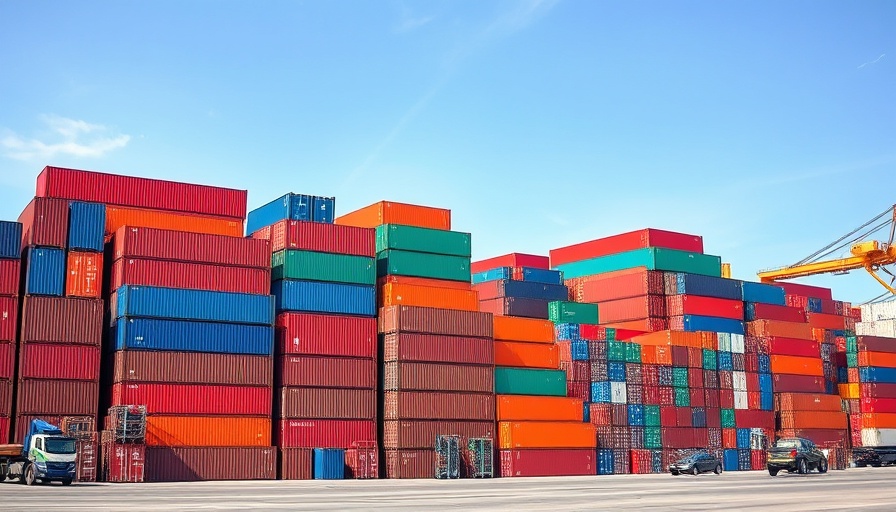
Understanding Supply Chain Challenges in Construction
The construction industry is currently facing unprecedented challenges due to ongoing disruptions in supply chains, particularly at East Coast ports like New York and Savannah. As strikes and logistical challenges mount, understanding which construction materials are most likely to experience delays is critical for project managers and stakeholders. This article will explore the specific materials that may be affected, highlighting the importance of strategic planning to navigate these complexities.
Specific Construction Materials Facing Delays
With imports being severely impacted, certain materials critical to construction are in the spotlight. East Coast ports are vital entry points for a variety of construction supplies, particularly those sourced internationally. Here’s a closer look at some key categories:
Lumber and Wood Products
Lumber imports, such as plywood, oriented strand board (OSB), and engineered wood products like cross-laminated timber (CLT), are essential for framing and structural purposes. Significant delays can be anticipated as these products are primarily imported from Canada and South America.
Stone, Tile, and Flooring
Natural stones such as granite and marble come from destinations like Italy and Brazil, making them susceptible to port-related delays. In particular, the luxury market’s reliance on these materials could see significant project interruptions if timely access to these imports isn't ensured.
Steel and Metal Products
Structural steel and rebar from Turkey and Ukraine, alongside aluminum products from Europe, play a pivotal role in construction. Delays here could halt progress on larger projects that typically rely on these materials for their frameworks.
The Broader Impact on Project Management
As disruptions continue, construction firms must adapt their project management strategies. Buffer times should be incorporated into project schedules, and alternative sources for key materials should be brainstormed. Fostering relationships with diverse suppliers can mitigate some risk of delays, as can developing local partnerships to source materials that generally come from farther away.
Future Insights: Navigating an Evolving Landscape
With the expanding capabilities of the Panama Canal, shifts in material sourcing may emerge over the next few years. Construction firms might begin to see a transition of supply chains as they look for more efficient and reliable routes, perhaps reshaping material costs in the process.
Strategies for Stakeholders
For stakeholders in the construction sector, being proactive rather than reactive is key. Identifying critical materials ahead of time and keeping abreast of shipping news can help in planning timelines effectively. Developers might also consider using more locally sourced materials where possible to stimulate regional economies while ensuring timely access to resources.
Final Thoughts on Current Conditions
The current climate of uncertainty around material availability requires construction managers to attune their strategies accordingly. By understanding which materials are at risk of delay, stakeholders can better navigate the turbulence of this operational landscape.
Take Action Today
Construction industry professionals are urged to stay informed about supply chain developments and to anticipate the impacts on their projects. Keeping close relationships with suppliers and adapting project timelines will be essential strategies in the weeks and months ahead.
 Add Row
Add Row  Add
Add 




 Add Row
Add Row  Add
Add 

Write A Comment